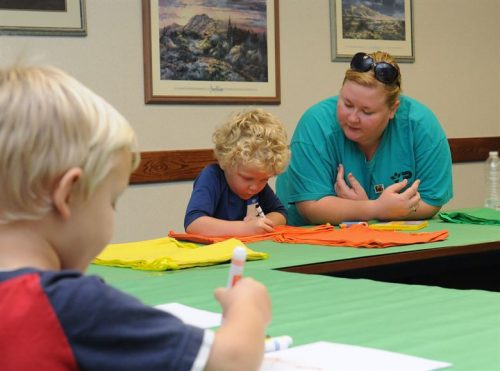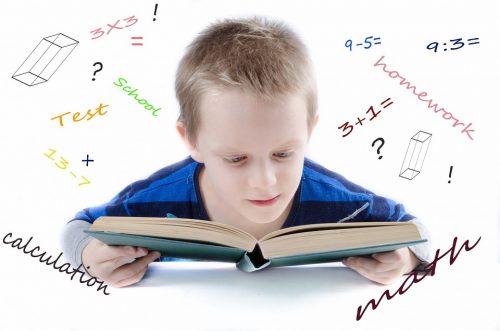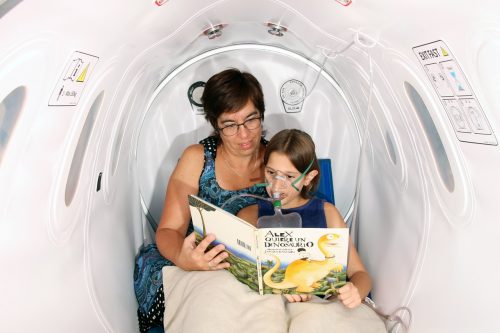
Teaching kids with special needs require more than just time and effort. It’s twice that and a lot of patience. The teacher must also be creative in planning the activities for the kids, making sure that the manner of teaching is appropriate for the learning capabilities of the students.
Learning through just reading and writing can be dull at times. Even kids without special needs have a hard time enjoying activities that require reading and writing skills along. It may cause the students to become uninterested and unfocused.
Teachers should be able to come up with more exciting ways for students with special needs to learn such as teaching music and art. These methods do not replace the education curriculum for kids with special needs. Instead, they serve as complementary methods to help children cope up better.
Music and art are therapies used to help students address several mental health issues involving feelings and emotions by assisting them to acknowledge their feelings and healthily express them. They will experience creating music and art, and at the same time, they will feel relaxed and at peace which is essential in addressing mental issues such as anxiety and depression.
Music
“While music has long been recognized as an effective form of therapy to provide an outlet for emotions, the notion of using song, sound frequencies and rhythm to treat physical ailments is a relatively new domain.” says Daniel J. Levitin, PhD. Music therapy is beneficial as a complementary tool to aid with the educational curriculum of students with special needs. It is a therapy used to address physical and psychological issues, but anyone who knows music cannot just implement it. The therapist must obtain the necessary certifications and licenses to be able to administer music therapy and must be able to finish a degree in an accredited school and accomplish several hours of clinical training.
Music Therapy Consists Of Activities Surrounding Music Such As:
- Listening To Music
The teacher or the therapist will prepare certain types of music in which the students will listen. They will then be asked to determine the characteristics of each music and how it can affect them. Through music, they will be able to appreciate the elements of all the sounds combined to create something good for the mind. “It seems as though – I wouldn’t say music has special properties – but, it has the ability to distract or engage in ways that other stimuli don’t.” Neuropsychologist Daniel Levitin, PhD explains.

- Dancing
It will require connectivity of the hearing and the physical being but at the same time involves the psychological aspect of the students. They will be able to move their body using music as an instrument. They will learn to be attentive and responsive to several kinds of sounds.
- Playing Musical Instruments
The students will learn how musical instruments work. They will master the art of creating music through the use of their physical, mental, and emotional being and the musical instrument. They will learn to be one with a concrete tool for expressing their feelings and emotions.
Art
“Art therapy can be effective for most ages or populations. In fact, art is one of my favorite things to bring to family therapy, as it has the ability to level the playing field.” Melissa J Weaver, LMHC, ATR explains. Art therapy is also a tool used to aid in the education of students with special needs. It is a method used to help them express themselves better. They will be able to communicate with the therapists and all the people around them through their art. Sometimes, communication is a challenge for students with special needs. Art is a way to communicate with their parents, teachers, classmates, and other people around them. It is a way for them to be able to focus on something and divert all their thoughts and energy.

Art Therapy Consists Of Activities Such As:
- Drawing
It is an activity where students use pencils, coloring pens, crayons, ink, and charcoal to draw images they see in their mind.
- Painting
It involves using paintbrushes and different colors of paint to create an image or pattern.
- Collage making
It is an art technique where students will use different parts of art materials like colored papers, magazines, newspapers or anything they can put together to a whole.
- Sculpting
It is a method where students will mold or form shape using clay, wood or anything that takes a form.
- Crafting
It involves creating handicrafts which can be used such as puppets, decorations, and other things that will require their hand skills and self-expression.
The condition of students with special needs is ranging from mild to a severe mental health disorder. As long as the student can develop social and listening skills, they will be able to benefit from the educational curriculum and music and art therapies.
Conditions Of Students With Special Needs Which Can Benefit From Music And Art:
- Anxiety disorders
- Attention-deficit/hyperactivity disorder (ADHD)
- Autism spectrum disorder (ASD)
- Eating disorders
- Schizophrenia
- Bipolar disorder
Music and art therapy can aid in the learning process of students in several ways. They learn to express themselves and acknowledge every emotion and turn it into something beautiful like music and art. Students also learn the importance of organization, orderliness, and cleanliness by maintaining the materials and instruments they use in learning.
Teaching kids with limited capabilities can be a real challenge in a manner that the teacher is responsible for bringing out the greatness in each child. We will then learn that there are no limitations to what they can achieve. It’s just a matter of time and approach to learning.













